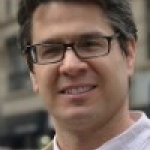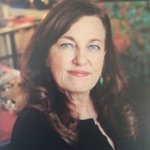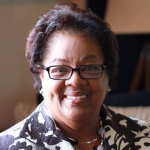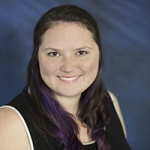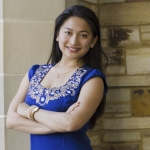To make the case for the value that pursuing equity and access to arts education provides to arts organizations themselves, I want to look at two ongoing and current topics in arts production.
The first topic is diversity in all forms. In the past three years, as part of a larger national conversation on diversity that has revolved as much around micro-aggressions and the slow grind of institutionalized discrimination as around shocking, devastating, and violent events, America’s arts communities have been challenged to examine the unwitting ways in which they maintain this status quo. With the best intentions, we produce excellent artistic work meant to have a universal appeal, and are surprised when audiences are not diverse. The discussion revolves around this question: If artistic excellence and a desire for diversity aren’t enough to eradicate the barriers that prevent our arts institutions from serving a representative audience, what more do we need to do?
The second topic is the audience of the future. Arts production seems to be hovering around perpetual invalid status, always wondering what it will take to get an infusion of new blood. As the average age of season ticket holders rises, we wonder where the next generation of arts supporters will come from. The discussion revolves around this question: If excellence isn’t enough, and marketing to young adults fails to promote long-term engagement, what can we do to reach new audiences?
Read More
